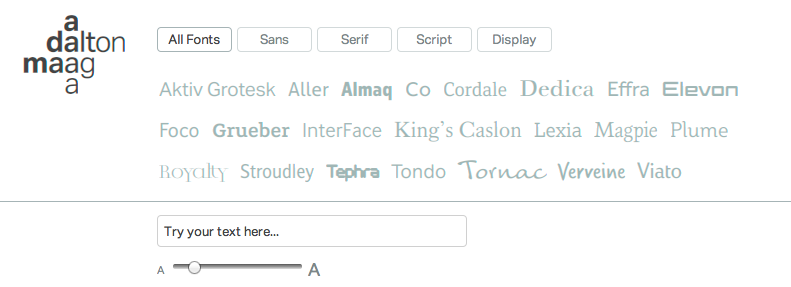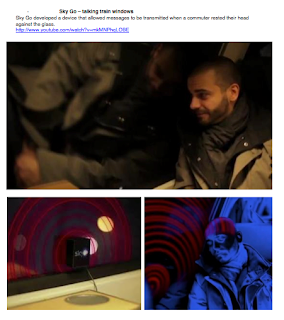20, rue Dupetit-Thouars (Carreau du Temple) 75003 Paris
Metro stations: Temple, République or Filles du Calvaire.
Between République and rue de Bretagne
When discovering my favourite designer, Caroline Aufort, during second year I came across this bookshop/gallery based in Paris where they specialise in specific graphic design publications and magazines. They also sell Auforts monthly magazine and have a gallery for exhibitions. Whilst in Paris I took a trip to the store to have a look around and ask about the kind of events and exhibitions they put on. All of the publications and books were exactly the type of design I would like to do after finishing.
exhibition space
Being able to have a more in depth talk about OFR was harder because of the language barrier but I did manage to have a quick chat with someone about a few events that were coming up, unfortunately none of them whilst I was still in Paris, however I would like to go back soon.












